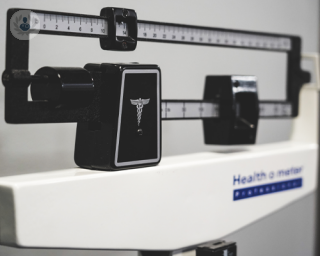
By Dr Claire Phipps
14.11.24
A guide to premenstrual dysphoric disorder
Premenstrual dysphoric disorder, also known as PMDD, is a condition that manifests before the menstrual period and is characterised by its symptoms of severe psychological and physical distress. It can occur anywhere between two weeks up to a few days before the period, and during the period it is much milder. It is related to premenstrual syndrome (PMS) and premenstrual tension (PMT), but is notably quite extreme in comparison to those two. In this article, consultant a general practitioner and menopause specialist explains clearly what PMDD is and how to handle it.













